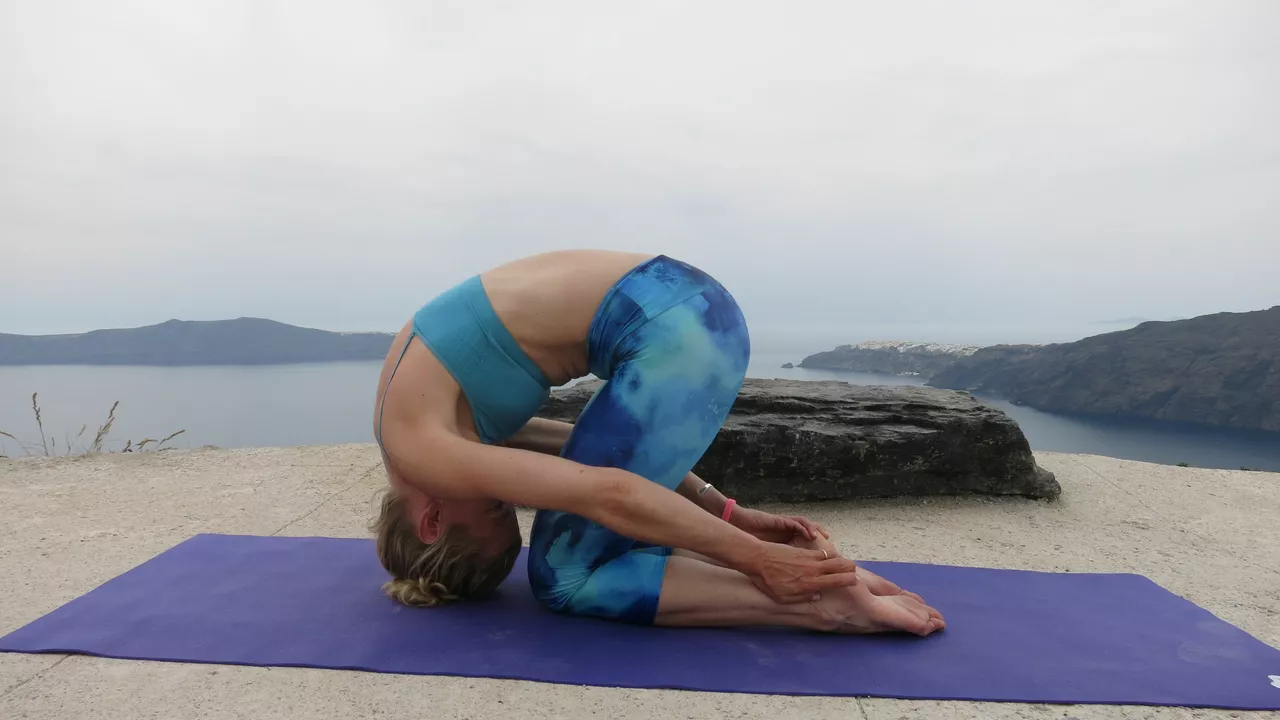Where did yoga originate from, and how does it work?

The Origins of Yoga: A Look Back at Its Birthplace
The genesis of yoga is as intriguing as the practice itself. Its roots extend deep into the heart of the Indian subcontinent, dating back approximately 5,000 years or more - which astonishingly is longer than some modern religions. Blended into the rich tapestry of South Asian culture, yoga made its initial appearance in the ancient sacred texts known as the Vedas. These writings were the hymns, rituals, and theological discussions of the Brahmins, the Vedic priests. As time shaped human thought and spirituality, discussions that were originally rooted in ritual sacrifice slowly started to challenge the concept of internal knowledge, thereby establishing a strong base for self-understanding and self-transformation.
Interestingly, the term "yoga" comes from the Sanskrit word "yuj" which means "to unite" or "to yoke". Metaphorically, it was intended to symbolize the union of the physical and spiritual aspects of a human being. This thought, essentially, embodies the very core ethos of yoga: a tool for holistic wellbeing.
The Philosophy and Practices of Yoga
In the early stages of its development, yoga was more about establishing a connection between the mind and the spirit. The physical aspect, which is now more commonly associated with yoga in the western culture, came later with the advent of Hatha Yoga. Derived from the Sanskrit words ‘Ha’ meaning ‘sun’ and ‘Tha’ meaning ‘moon’, Hatha Yoga aimed to strike a balance between the body and the mind.
The philosophical aspects of yoga were penned down in the revered texts known as the Upanishads, which extended the Vedic philosophy and introduced the concepts of Karma (action and consequence), Jnana (knowledge), and Bhakti (devotion). However, the most impactful and comprehensive guide to the spiritual side of yoga has to be the 'Yoga Sutras of Patanjali', a collection of 196 sutras or aphorisms, structured around the idea of ‘eight limbs’ of yoga. These limbs encapsulate ethical disciplines, self-disciplines, physical postures, breath control, sensory withdrawal, concentration, meditative absorption, and enlightenment.
The Journey to the West and Global Popularization
It wouldn’t be incorrect to say that yoga has become one of India’s most successful exports. While the exact time when yoga made its leap to the western sphere isn't clear, it’s generally believed to be during the 19th Century, as part of the broader transmission of Indian culture. Yoga gurus like Swami Vivekananda, Paramahansa Yogananda, and B.K.S. Iyengar played crucial roles in popularizing yoga in the West through their teachings, world tours, and written works. Today, yoga has been accepted, adapted, and incorporated into the mainstream fitness industry with open arms, fostering a global community of yogis and yoga enthusiasts.
How Yoga Works: The Science behind the Practice
The immediate effects of a yoga session are quite evident - the tranquil mind, the lightness in the body, and the radiating positivity. But what really happens on the inside? On a physical level, practising yoga can lead to increased flexibility and improved balance, improved lung capacity due to deep breathing, and better cardiovascular health. Neurologically speaking, yoga can stimulate the release of 'happy hormones' like serotonin and endorphins, leading to a reduction in stress and anxiety.
Researches also suggest that the practice of yoga can impact our immunity and genetic stress responses, enhancing the body’s resistance against diseases. And of course, the spiritual aspects are there, contributing to a better ability to manage anger, develop patience, enhance concentration, and cultivate a stronger sense of inner peace.
Yoga for Everyone: Adapting to Our Needs
Yoga rewards its practitioners with a gift that's not just physical fitness, but also an enriched inner dimension. There's a broad spectrum of yoga styles available, each catering to a different set of needs and capabilities. From the gentle style of Hatha Yoga for beginners to the physically demanding Ashtanga for the adventurous, yoga has something to offer everyone.
By the way, I remember when I first stepped onto a yoga mat. As a gym rat who believed that fitness equals fiercely pounding on a treadmill, yoga was a humorous curiosity for me. However, after an hour of gentle stretching, balancing, and breathing, I recall feeling oddly yet beautifully peaceful. That day, dear readers, I tasted the profound charm of yoga. Can't say I'm an acrobat yet, but who knows what the future holds, right?
Making Yoga a Habit
Like any other skill, yoga requires practice, consistency, and dedication. Beginners may find it a little overwhelming initially; I mean, getting your legs behind your head doesn't exactly fall under 'normal human behaviour'. But the key is to start slow, understand your body, and listen to its signals. Remember, yoga is not about pushing your limits; it's about harmonizing with them. Balance is the keyword here.
Integrating yoga into your daily routine might take some time, but the benefits are totally worth it. And trust me, seeing your progress over time can be an extremely rewarding experience. So, grab a yoga mat and get started!
The Awe-inspiring Impact of Yoga
The whole concept of yoga is far more than just the poses; it’s a lifestyle that encourages a healthy mind-body connection and an elevated level of self-awareness. Deep down, yoga is all about stepping onto the road of self-discovery, about understanding oneself, and about diving into the ocean of inner peace and spirituality. It's a journey that is sometimes tough, sometimes beautiful, but always worth every second.
In today's fast-paced world, where we often forget to stop and breathe, yoga allows us that pause. It helps us to tune into ourselves, to reconnect, and to rejuvenate. Yoga, in other words, is a gateway to a healthier, happier YOU. So here's to losing yourself in this rich, mindful practice and finding your real self. Namaste.